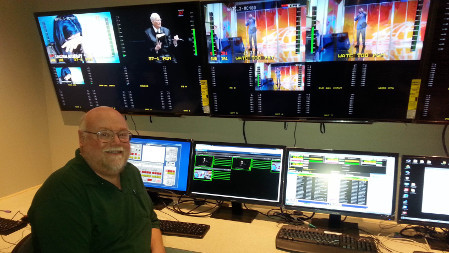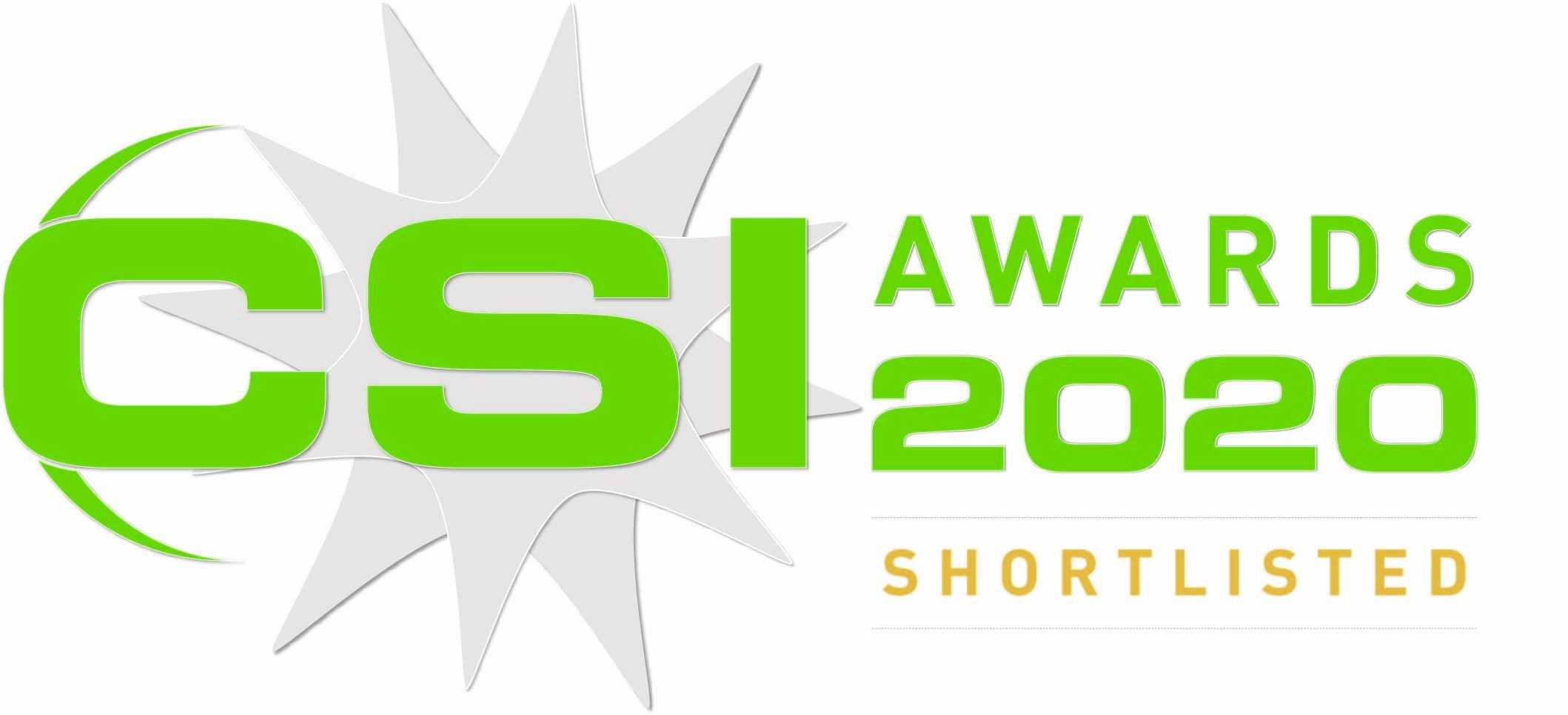
Atlanta Christian Station WATC-TV Streamlines DTV Signal Monitoring and Compliance with Qligent

WATC-TV Channel 57—an independent, non-commercial Christian station serving the Atlanta metropolitan region—has at once streamlined the labor and operational costs of high-density DTV signal monitoring with Qligent. The Qligent Vision system gives WATC a cost-efficient and easy-to-use platform to automatically monitor and record multiple broadcast signals simultaneously from a single, centralized workstation. Importantly, the transition to Qligent Point removes the headaches of using disparate legacy systems to keep up with the broader signal palette and performance issues that come with digital television, and enables direct cloud integration for multi-point aggregation and analytics when the need arises.
The Qligent Vision system currently monitors the ASI stream leaving WATC’s studio facility, as well as the off-air RF signal being broadcast by its transmitter. It also produces low bitrate video recordings of multiple co-located signals around the clock to document precisely what WATC broadcast on its primary 57.1 and secondary 57.2 channels.
These recordings can be easily searched and viewed as proxies or thumbnails on a PC at the station, or accessed remotely via a web browser. The video files give WATC operators proof of the content that aired, including the video, audio, closed captions and EAS alerts. In the event of a technical problem impacting the on-air product, such as when the picture freezes or the audio track drops, the system immediately issues alerts and texts to notify key station personnel.
“Qligent Vision pays for itself the first time it solves an on-air problem,” said Scott Wills, Director of Engineering at WATC. “The longer an on-air problem persists, the more viewers or revenue a station could lose. If something happened on one of our channels, this system would alert me within 10 seconds so I could promptly take action to resolve the matter. It’s a much faster and cleaner way of monitoring and troubleshooting.”
According to Wills, Qligent Vision is one of the most cost-effective solutions he’s found given the added value it provides for ensuring regulatory compliance. Using the same centralized dashboard, Wills can easily stay on top of CALM audio levels for loudness control, as well as closed captioning.
“While our master control operation is automated, we generally still have an operator on-duty 24/7,” Wills said. “But even with these measures in place, it’s still possible for a problem to go undetected. Shortly after installing Qligent Vision, the system detected intermittent black frames on a video program as it aired at 5am. While that particular clip had aired numerous times, no one had noticed the issue. We went into the Qligent system, quickly checked the recorded video, identified a satellite-recording problem, and replaced that program with something else in future airings.”
The software-defined Qligent Vision system gathers performance data from several Qligent microprobes that are plugged into USB ports on the PC. The probes include a TV receiver to monitor off-air RF signals, and an ASI receiver/decoder card for monitoring ASI signals leaving the plant.

WATC’s main channel, 57.1, carries Christian and family-oriented programming and music shows, while the secondary channel, 57.2, carries more Christian programming as well as, music, movies in the afternoon and classic TV shows in the evening. As a non-commercial station, the revenue that WATC receives for running programs produced by churches and others is critical to its bottom line. WATC’s channels are also carried by the local Comcast cable system and a recently-launched Google Fiber IPTV service. Two additional Qligent probes monitor these signals en route to their respective head-ends.
“With the data coming from these probes, I have valuable information for determining the nature of any signal problem and where it is,” Wills said. “Since many of today’s video systems offer remote access, I can also do a lot of the trouble-shooting and fixing remotely.”
“The Qligent system has given us greater confidence in our on-air product,” said Wills. “We can hold onto the video recordings as proof of compliance, and even email them to those that question what we aired. Once people know you have confidence monitoring and can prove what you aired, they no longer push the topic of free airings or credits for their show. That in itself is offers a big long-term ROI.”








